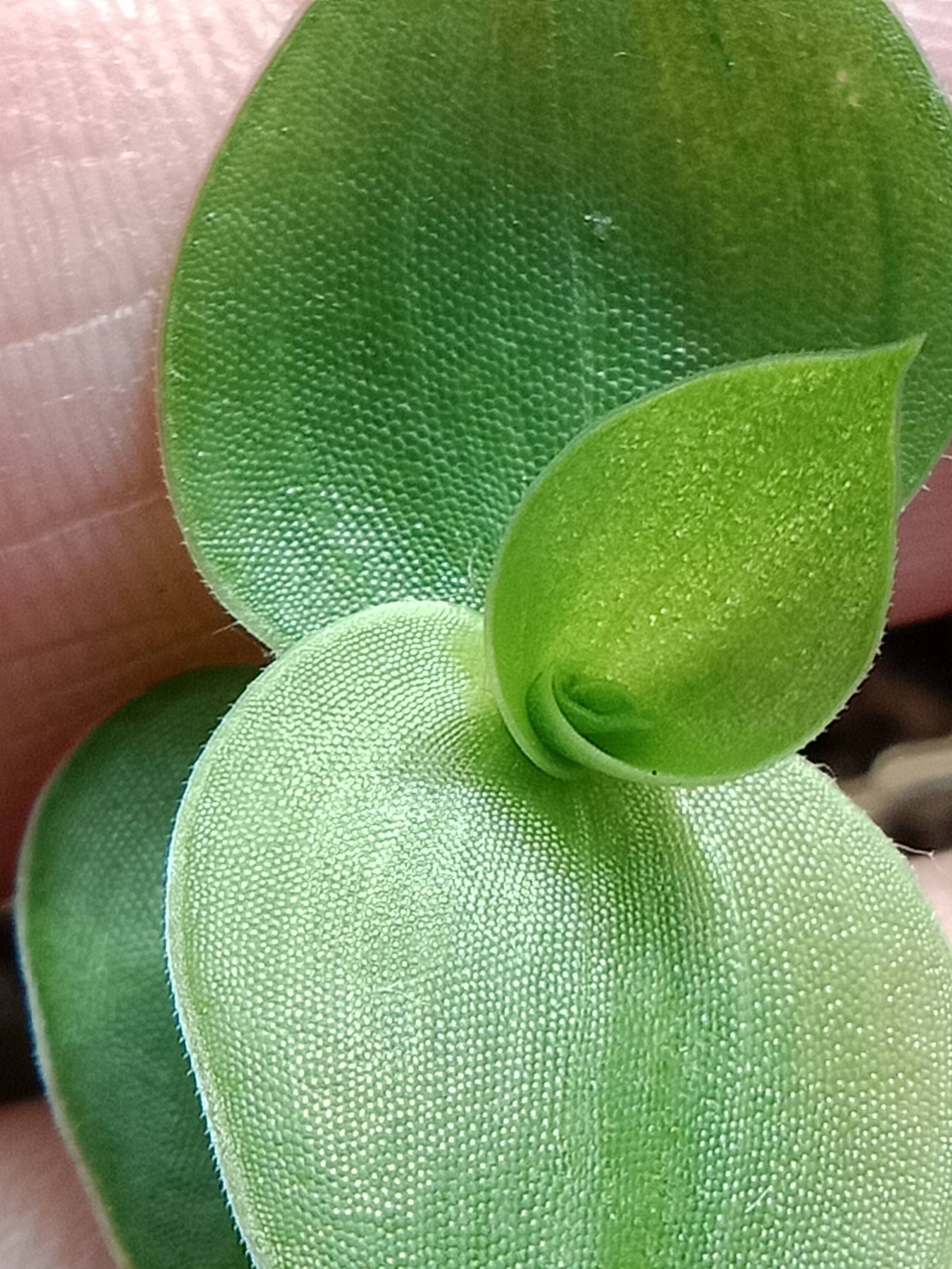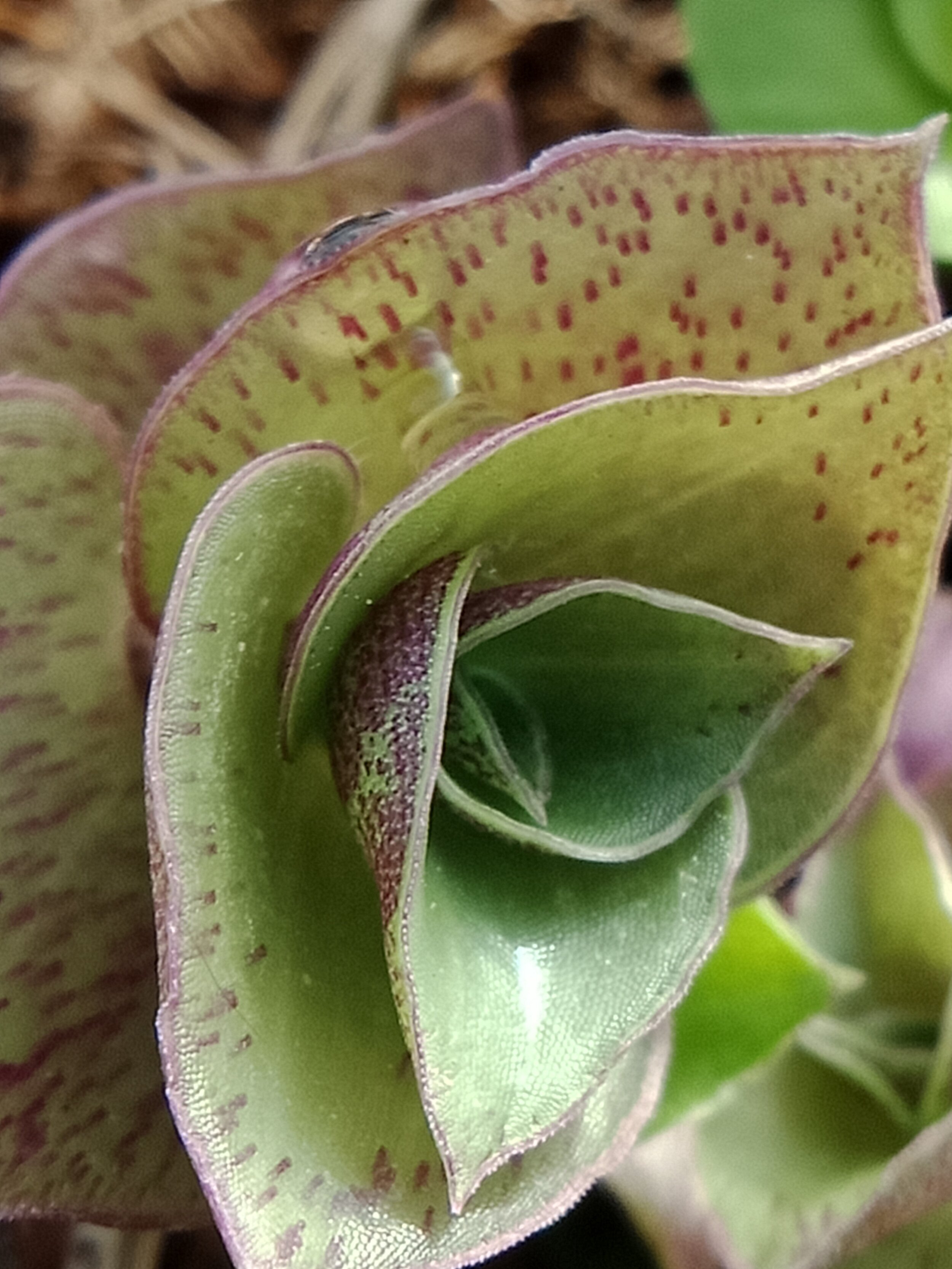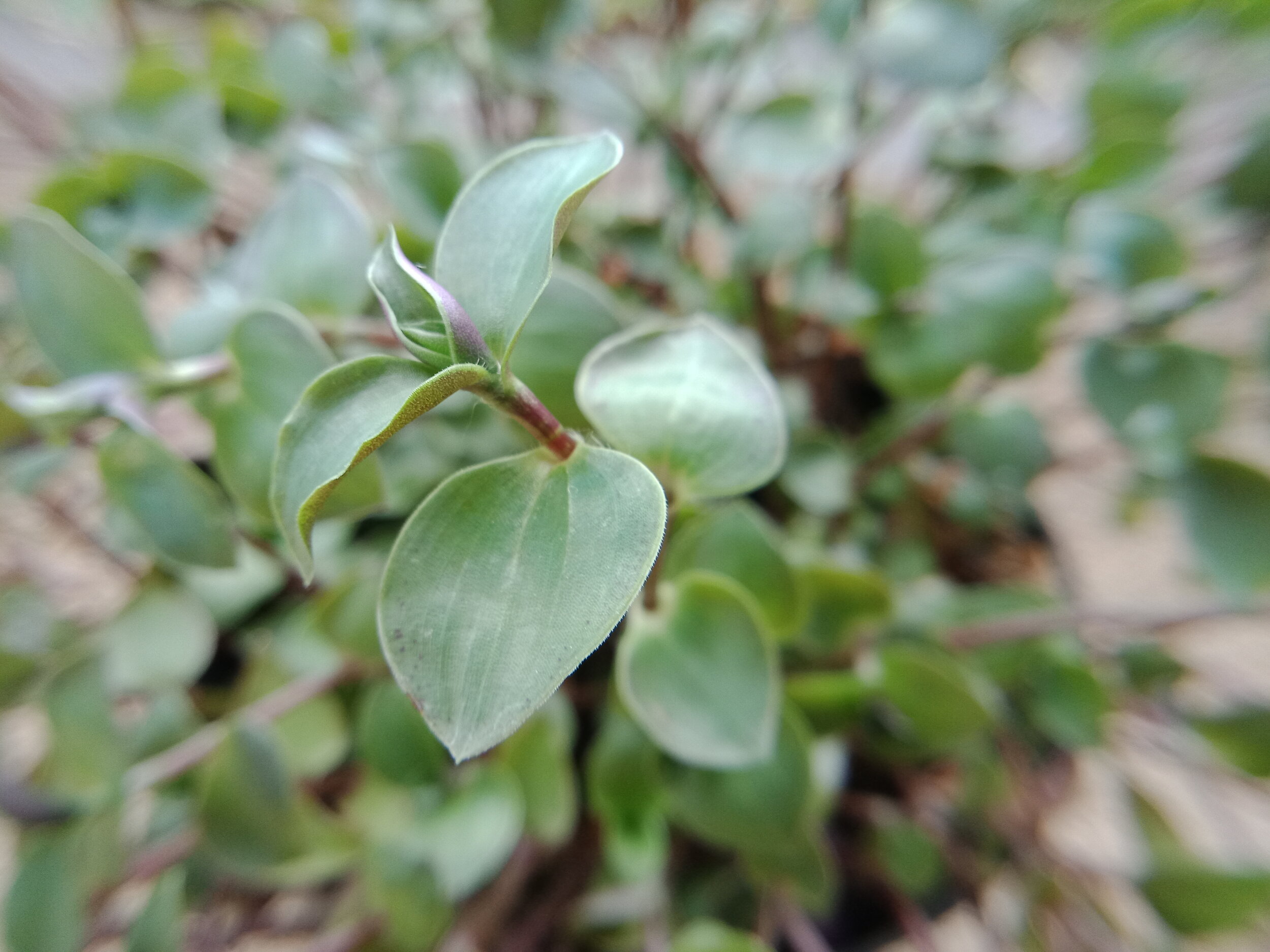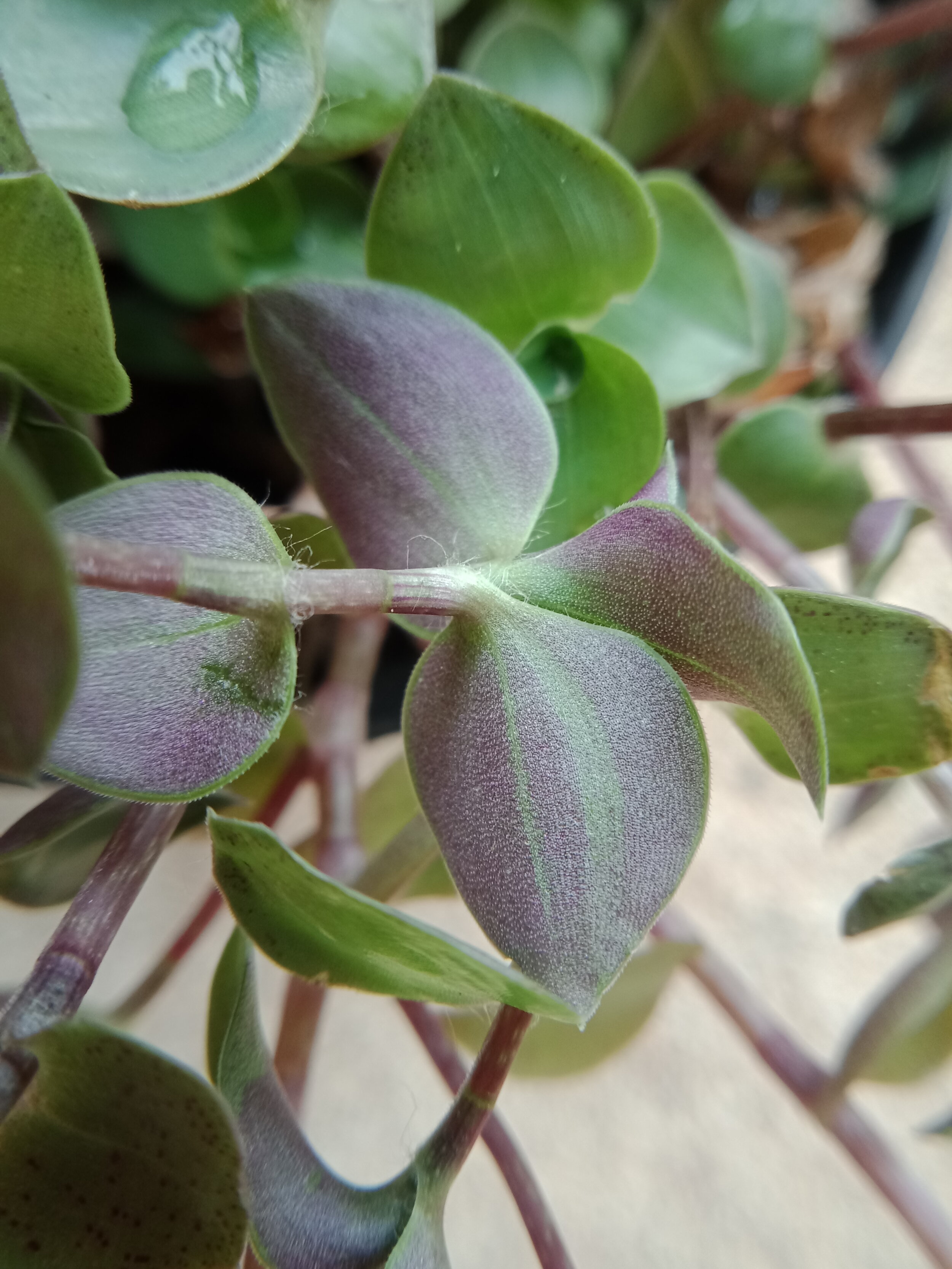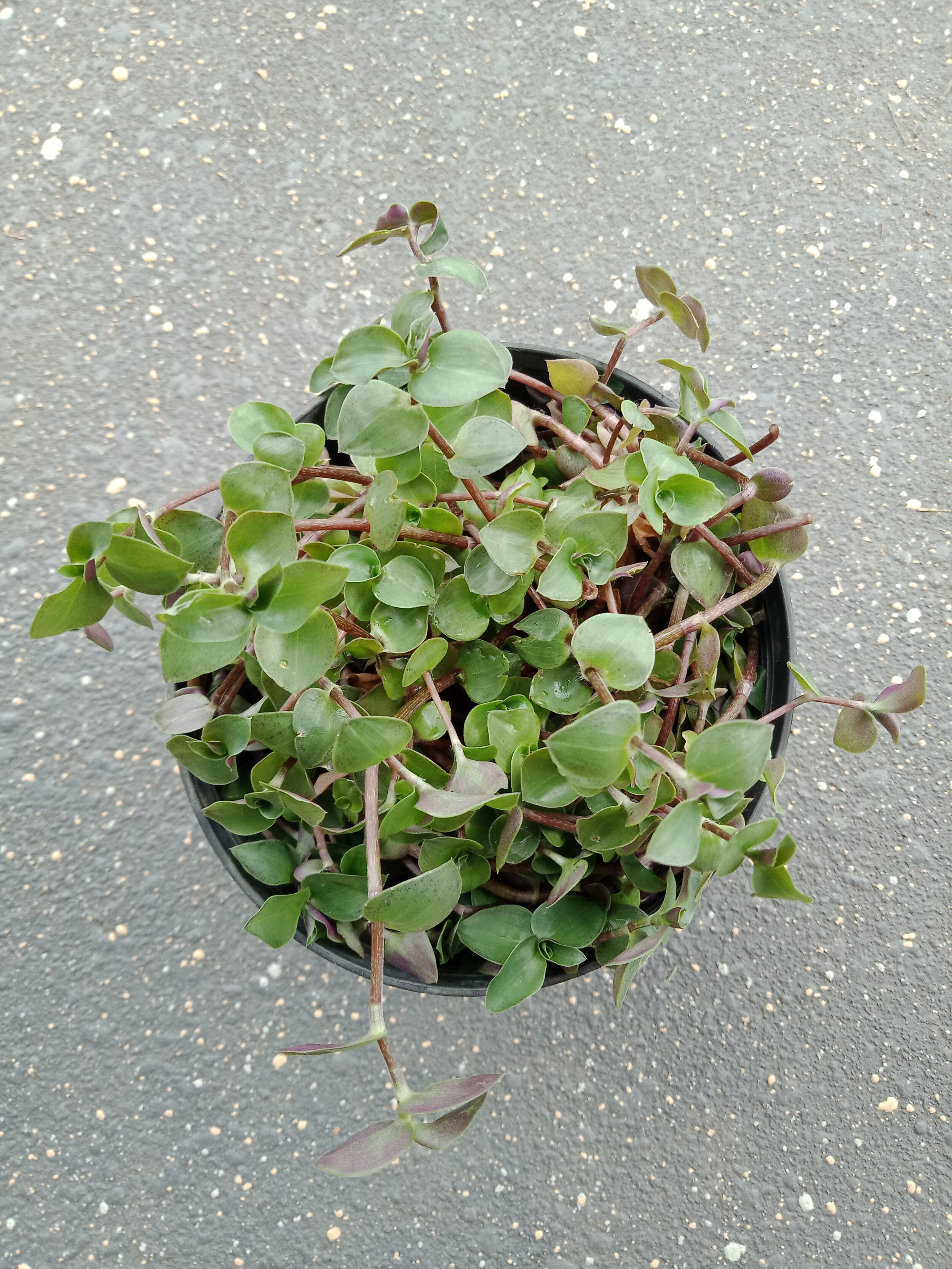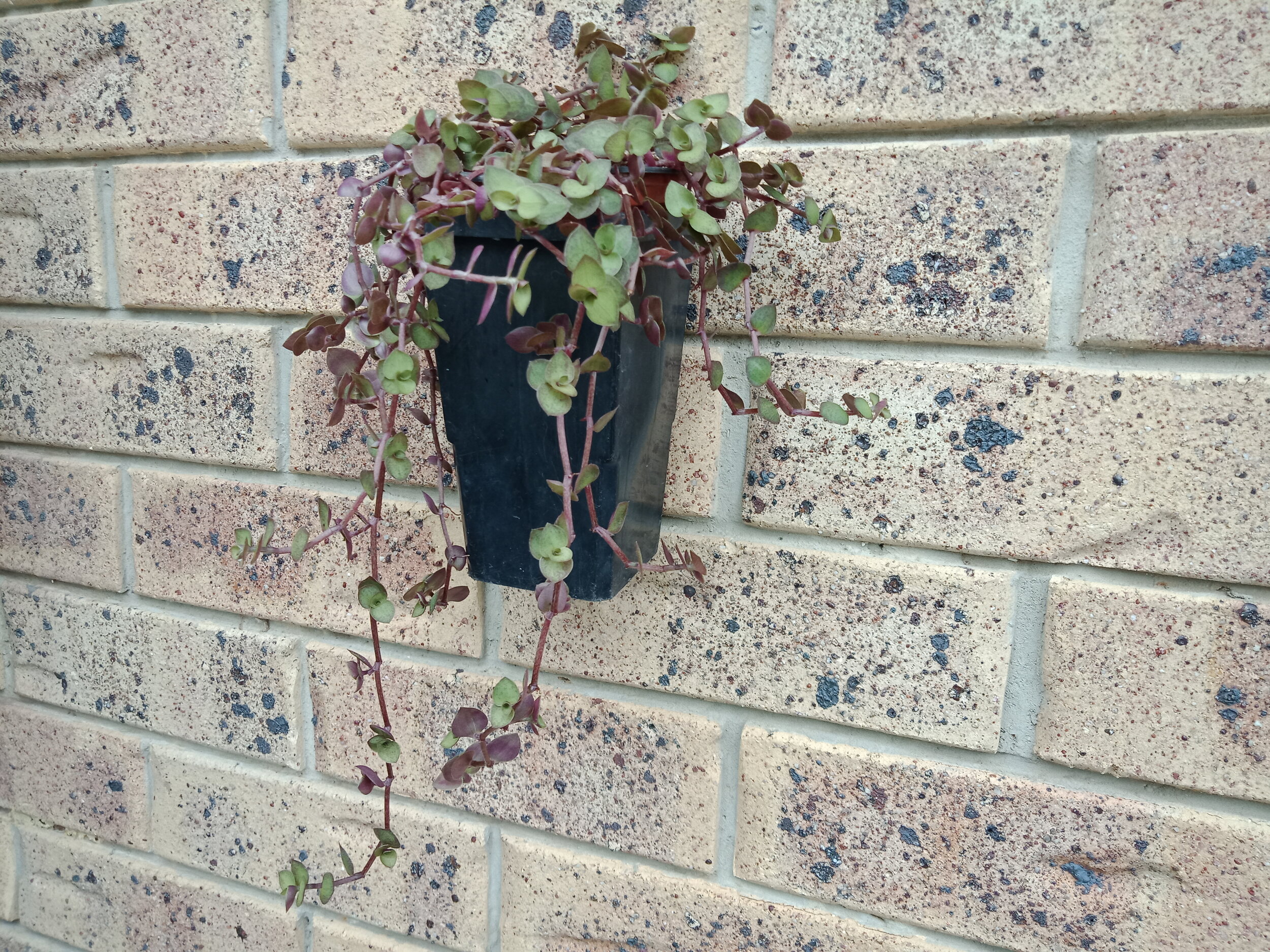Turtle Vine
Turtle Vine (Callisia repens) which is also known as creeping inchplant is a creeping succulent that originated in Central and South America.
Turtle Vine is a low ground cover plant with deep green leaves on top and deep purple on the underside. Like most succulents it can change colour based on environmental stresses (water content, direct light/shade etc). It grows up to 10cm tall and up to 3m across. Due to it propensity to spread it is best contained in a pot making it an ideal indoor plant or container plant, particularly planters that allow it to spill over the edges such as hanging pots.
Growing Conditions
Turtle Vines are fairly hardy and adaptable in subtropical conditions, preferring part shade in moist but well draining conditions, however they will also tolerate more sun given they are able to be kept somewhat moist. As indoor plants, indirect bright light is ideal as too little light will lead to pale leaves. Pruning the plant back helps it from becoming long and leggy and keep a bushier appearance. Furthermore pruning after the first flush of flowers and sometimes encourage a second round of flowering. It is also recommended to prune after flowering to keep the plant from going to seed (and thus the plant escaping into the wild)
Pests and Diseases
Turtle Vines can be susceptible to attacks from mealybugs, aphids, snails, spider mites and slugs. Diseases that can affect Turtle vines include leaf spot disease, powdery mildew, botrytis, as well as root rot from overwatering.
Propagation
Propagation is fairly straightforward, pick off a healthy looking section from the mother plant and add to a moist, free draining soil. Keep moist while the plant is establishing.
